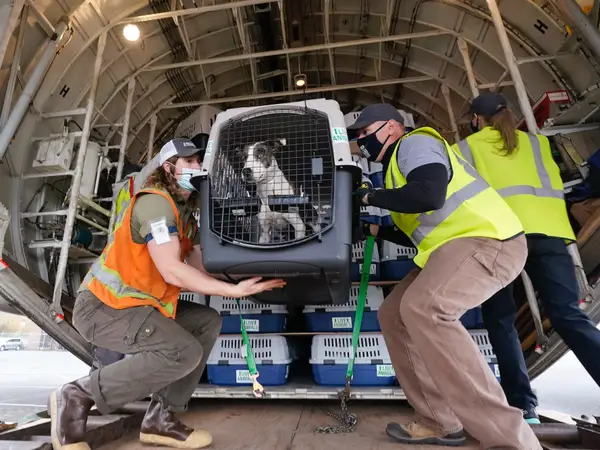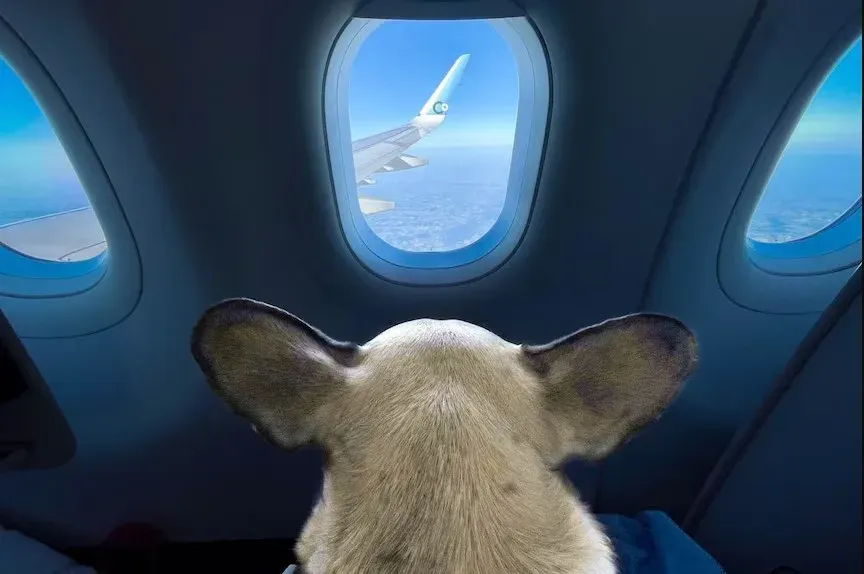
How to travel with pets
I was standing at the airport with my beagle, Daisy, trying to figure out flights with pets for the first time. She was wagging her tail, ready to go, but I couldn’t imagine leaving her home alone - those sad eyes always tug at my heart. In 2025, traveling with pets 2025 is easier than ever, with over 2 million pets flying each year, according to stats I’ve read, and I’ve turned my own rocky start into a guide to help you out. I wanted to visit my sister in Oregon, and taking Daisy along felt right - she’s family, after all.1
My first attempt at flying with her was rough - I chose an airline that wasn’t one of the pet-friendly airlines, and I didn’t know what I was doing. I had to call around and change plans fast, which was stressful. Now I’ve learned which airlines let pets fly, where they stay on the plane, and how to keep things calm. One time, I forgot her vet papers and nearly missed a flight - my stomach dropped when they asked for them at check-in! I had to call my vet in a panic and get them faxed over just in time.
Whether you’re planning a short trip or something longer, preparation is the key. I’ve found that checking rules ahead of time and having everything ready makes it simple - Daisy sleeping under the seat makes every bit of effort worth it. This guide will walk you through what I’ve figured out step by step, from picking an airline to packing the right stuff. I’ve made plenty of mistakes so you don’t have to, like the time I didn’t realize pets need ID tags too. Want to travel with your pet? Let’s make it work together..
Which Airlines Allow Pets on Flights in 2025
I’ve even started planning our first international adventure - London’s at the top of my list. It’s one of the most pet-friendly cities in Europe, with plenty of parks, cafes, and even hotels that welcome dogs like Daisy. I’ve been reading up on the pet travel rules for the UK, and while there are a few more steps (microchip, vaccinations, and paperwork), it’s totally doable. When I’m ready, I’m looking at business class flights to London so Daisy and I can travel in comfort - she deserves it, and honestly, so do I after learning everything the hard way.
I messed up big once with Daisy when I tried booking flights with pets without doing my homework. I was excited to take her to my cousin’s place in Seattle, but the airline I picked wasn’t one of the airlines that allow pets in cabin - I felt so dumb. I had to dig into options quick, and now I know which ones are good for pets.
Alaska Airlines pets turned out great - $100 to bring Daisy in-cabin in a carrier that fits under the seat (17” x 11” x 9.5”). I got the size wrong the first time - it was too big and had to buy a new one at the airport gift shop, which wasn’t cheap. They also have cargo for $150, and they’ll even take unusual pets like pigs or rabbits, which surprised me when I saw it on their website. American Airlines charges $125 for Daisy to fly with me, and in 2025, they don’t count your pet as your carry-on bag, so I could bring my stuff too.
Delta worked for a trip once - $95 for domestic flights but their cargo option isn’t always open unless you’re military, which I found out after planning. Southwest is $95 too, for small pets only, and they don’t do cargo, so it’s simple but limited. JSX costs $100 for in-cabin or lets you buy an extra seat for dogs up to 79 pounds I did that once, and Daisy had so much space it felt like a treat for both of us. I looked into their routes, but they only fly certain places, so I had to adjust my plans.
You need to call early because pet spots fill up fast - I missed out once and had to wait a day. I’ve learned to check airlines carefully after that mix-up, and it’s saved me a lot of trouble since. Pick the right one, and you’re set I wish I’d known that from the start!
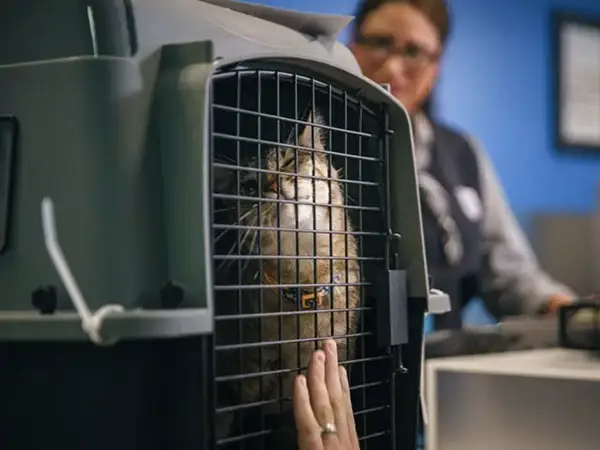
Where Are Pets Housed During Flights
When I took Daisy on her first flight, I was nervous about where she’d be during flying with dogs. I’d heard stories about cargo that worried me, so I wanted to understand in-cabin pet travel better. Here’s what I’ve learned from taking her on a few trips now.
Daisy’s small 16 pounds so she rides in an under-seat pet carrier with me. I picked the wrong size once too bulky for the space and had to switch it at the gate for one that fits (18” x 11” x 11” max), which was a hassle. She stays in there the whole flight, but I can look down and see she’s okay, which calms me down. Bigger pets go in cargo, and my friend Tom told me his lab rode there it’s climate-controlled and separate from luggage, so it’s not as bad as I thought.
Tom said cargo worked fine for his dog, but I’d rather keep Daisy close I’d worry too much otherwise. They stop cargo if it’s over 85°F or below 20°F, and I hit that limit once in summer, so I had to rethink my plans. JSX was different I paid for an extra seat once, and Daisy sat on the floor next to me, not in a carrier, which was so easy and nice for her.
Try the carrier at home first - Daisy didn’t like it until I put treats inside for a few days. Knowing where your pet will be takes the guesswork out I was glad I figured it out after that first stressful trip.
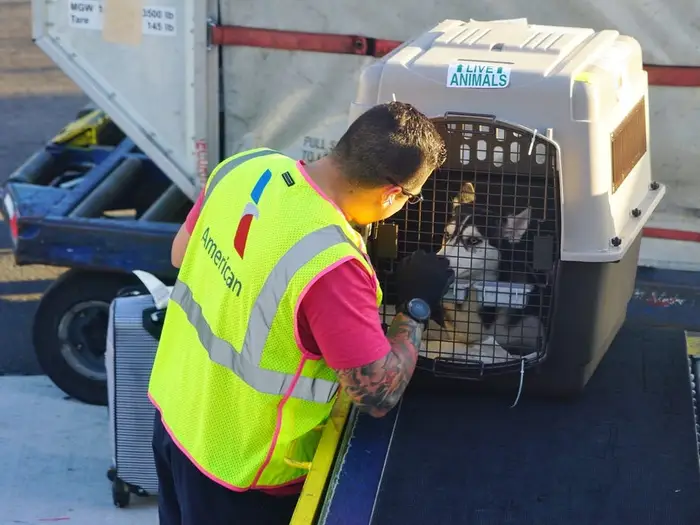
How to Prepare for Flights with Pets
Preparation for flying with pets guide was tough for me at first - I wasn’t ready with Daisy. I forgot her pet health certificate once, and her carrier didn’t fit under the seat, so I had to fix things fast. I’ve learned some steps since then that make it easier, and I’ll share them with you.
Look at airline pet policies before you book Delta’s $95 fee caught me off guard when they asked for vet papers within 10 days, and I had to rush to get them. Call a few days ahead for fees and rules some airlines don’t fly pets to Hawaii, which messed up a trip I wanted to take. The vet is a must—Daisy’s shots were out of date once, and I had to pay extra to update them quickly, which wasn’t fun.
Get the right carrier I had one too small at first, so now I measure her (17” x 11” x 9.5”) to make sure she fits and can move. Let them try it early Daisy got used to it after I left it out with snacks for a couple weeks, and it made a big difference. Bring a bowl, food, leash, and a toy I forgot water once, and she looked at me like I’d let her down, so I don’t skip that anymore.
Put “Live Animal” and your phone number on the carrier - it helped when someone lost her papers at check-in. Start planning a month ahead I’ve had too many close calls to skip that now, and it keeps things smooth.
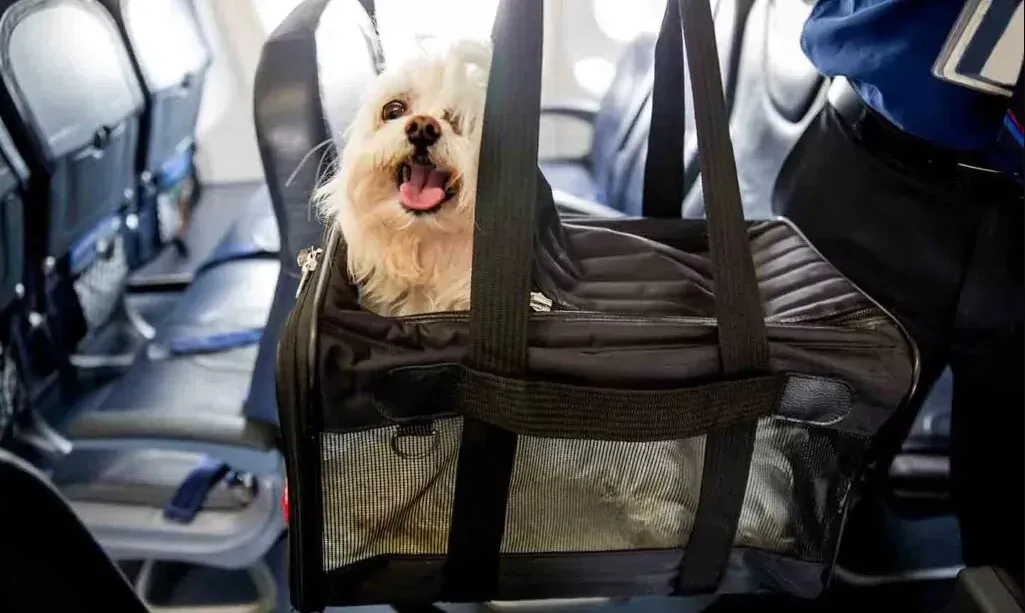
Tips for a Smooth Flight with Your Pet
My early tries at pet travel tips didn’t go well - Daisy’s first flight was hard because I didn’t know what to do. Now I have some ideas for stress-free pet travel that I’ve used myself, and they can help you have an easier time too.
Book early - airline pet limits like Delta’s 4-per-flight rule left me waiting once when I didn’t act fast. Direct flights are better than connections I tried a layover once, and Daisy didn’t like the extra stops, so I stick to nonstop now. Fly early in summer or midday in winter I avoided a heat problem in July by picking a morning flight, which was a relief.
Pet relief areas at airports are useful - Daisy used one in Denver before we boarded, and it kept things clean on the plane. Bring a leash I forgot mine once and had to clean up with a napkin, which wasn’t great. Stay calm she’s better when I’m relaxed; I learned that after being tense on her first flight made her antsy.
JSX let Daisy have an extra seat once she stretched out and loved it, though it cost more. Bring a toy she likes it keeps her settled, and I’ve used her old sock for that since day one. Plan ahead, and it’s much easier I didn’t do that early on, but I’ve got it down now.
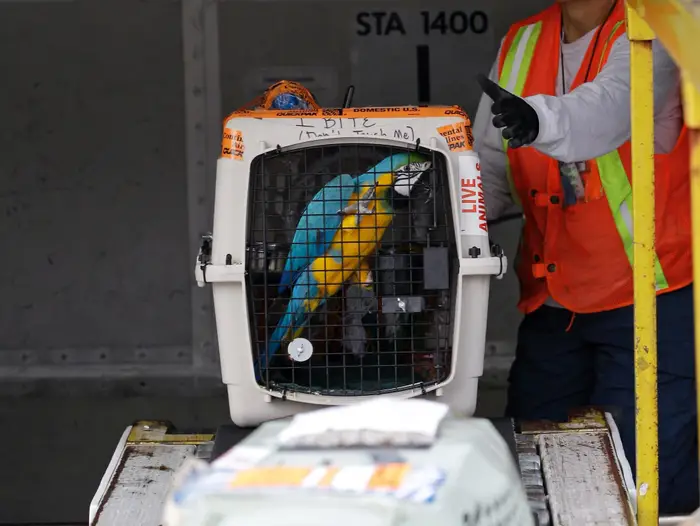
Final Conclusion
I’ve figured out pet-friendly travel with Daisy after some practice, and she’s my travel buddy now. From best airlines for pets like Alaska to semi-private pet flights with JSX, there’s an option for every pet owner. I used to hate leaving her behind—those droopy ears got me every time - but now I don’t have to.
Mistakes - like forgetting pet travel documents taught me what to watch for. Choose an airline, get ready, and go it’s straightforward once you know the steps, and seeing Daisy safe makes it all good. Book your trip it’s worth it to bring them along, and I’ve taken her to more places than I ever thought I would. Have a tip? Tell me I like hearing what others do.
Blog

